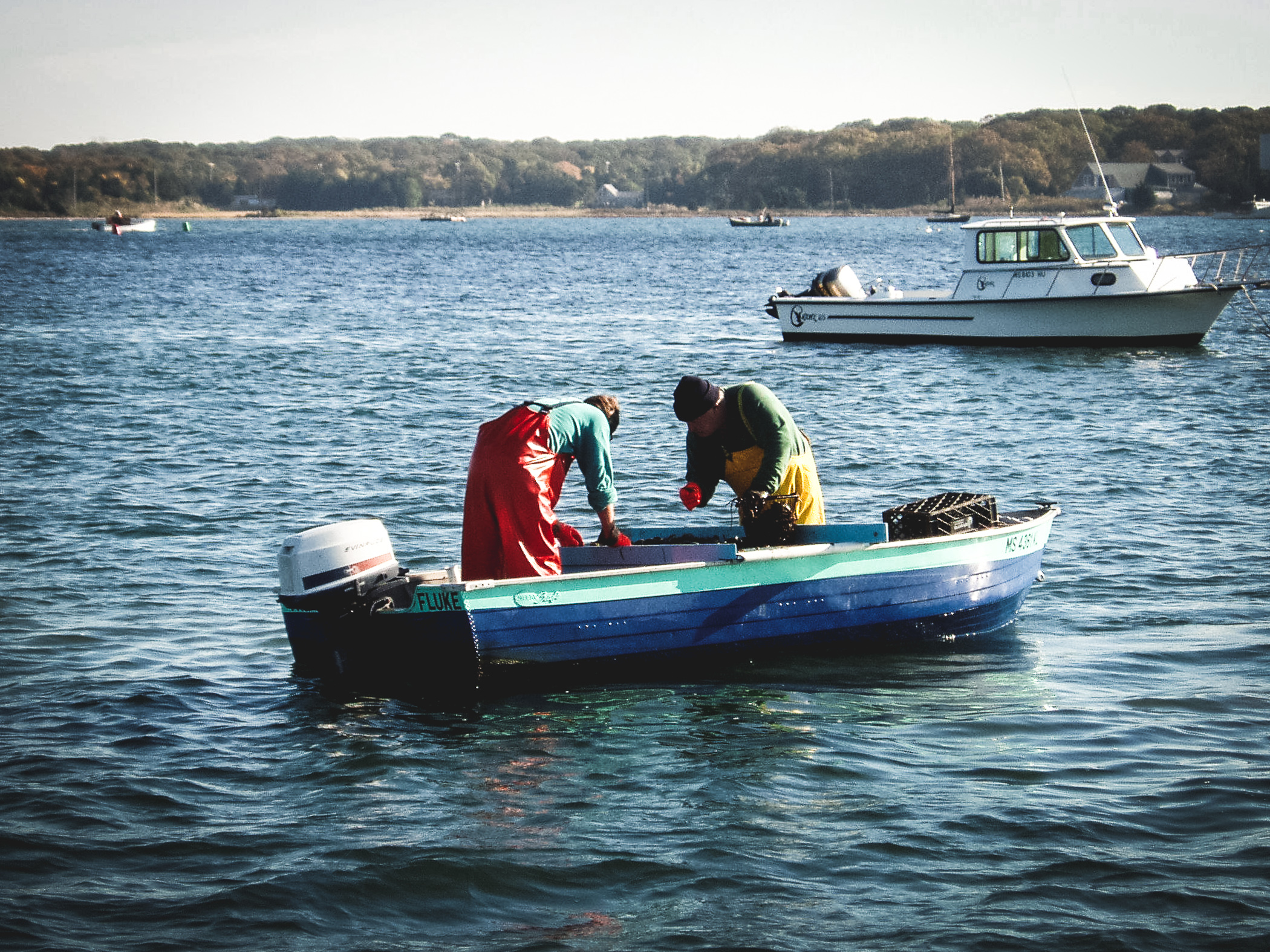Apply for National Resilience Funds
The National Resilience Fund gives direct financial support to vital businesses and workers in community-based food systems, through local Slow Food chapters and groups. The fund is an investment in long-term bio-cultural diversity of our food chain. By injecting extra funds to local community initiatives that most need support now, we will help them survive the current crisis and build resilient economies and communities for the future, with good, clean and fair food front and center.
Round 3 of funding is now open. The National Resilience Fund prioritizes marginalized and resilient communities. In this round, we are focused on the hospitality industry — restaurants and hospitality businesses that are increasing food access to communities.
Who can apply to the National Resilience Fund?
Applications must be submitted online by or through a local Slow Food USA chapter, community or national working group. There must be a clear relationship between the Slow Food entity and the application. Here are a few examples of real projects and initiatives. See the full list of Round One recipients.
- A fishing family that is active in with Slow Fish North America is pivoting to online direct-to-consumers sales and needs support with web development.
- A chef who is active in the Cooks’ Alliance is collecting donated produce and cooking for food pantries.
- A member of Slow Food Turtle Island Association wants to buy Indigenous food from a local farm and deliver it to elders.
How much money is available?
We allocate $500-$2000 to each selected proposal. Applicants who were not selected in round one will not need to re-apply for round two (unless your project has changed significantly), and will be considered for funding. If your project has changed significantly from round one, please contact Anna Mulé (anna@slowfoodusa.org).
How do we prioritize funding?
Funding is focused on applications that demonstrate the following:
- prioritize food access to vulnerable communities,
- play a pivotal role in the local community,
- respect the Slow Food philosophy of good, clean and fair food,
- are not able to get enough support from tribal, state or federal funds.
We will prioritize chapter and partner efforts that support marginalized communities.
What are the expected outcomes of the National Resilience Fund?
As we listen to the network, it is clear that each region, each state and each community has vastly different needs. We cannot dictate a one-size-fits-all approach at the national level. Instead, we rely on the producers, partners and Slow Food leaders to tell us what their community needs to build resilience. But the outcomes of this fund do share commonalities:
- A shortened supply chain between producers and consumers, creating diversified markets for long-term resilience, enabling direct sales to consumers, and improving livelihoods of local food workers.
- Improved nutrition and food security for households in vulnerable communities, with healthy and fresh food available instead of only shelf-stable foods from corporate chains.
- Retention of employees, creating stability for families in vulnerable sectors.
- Increased synergies between diverse stakeholders in the food chain, connecting tools and channels for direct selling, building partnerships between producers and local partners, and creating long-term robust local food economies.
What are the reporting requirements?
The project/initiative needs to be achieved and implemented within a year. Recipients will need to answer an impact report survey with a summary of the project and reached goals, number of people involved, list of partners who helped implement the project, and outcomes based on original goals.
Applications are now open for round 3 of the national resilience fund.


How will we announce the recipients?
We will notify the main contact listed on the application and announce the funding recipients on the Slow Food USA website and social media platforms.
What’s the timeline?
- April 23 — launch applications
- May 6 — round 1 deadline
- May 15 — panel meets and decides
- May 19 — round 1 announced and distributed
- June 9 — round 2 starts
- July 31 — round 2 deadline
- August 14 — panel meets and decides
- Week of August 16 — round 2 announced and distributed
